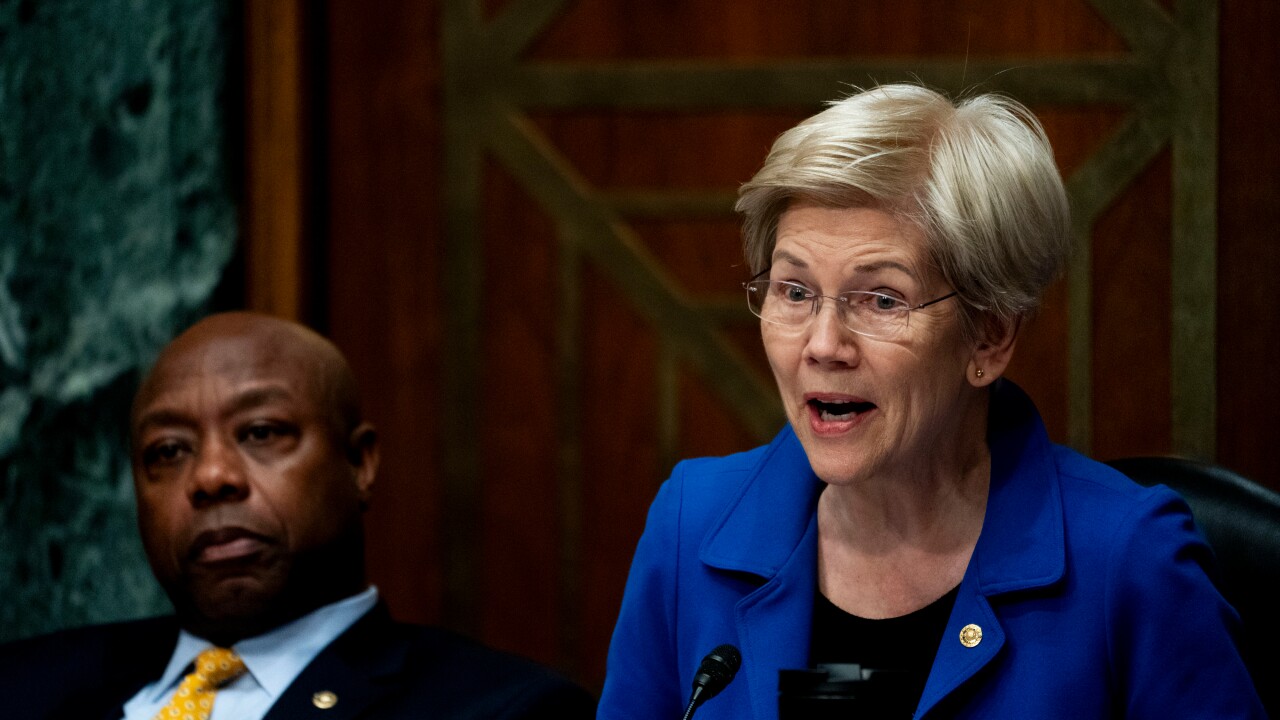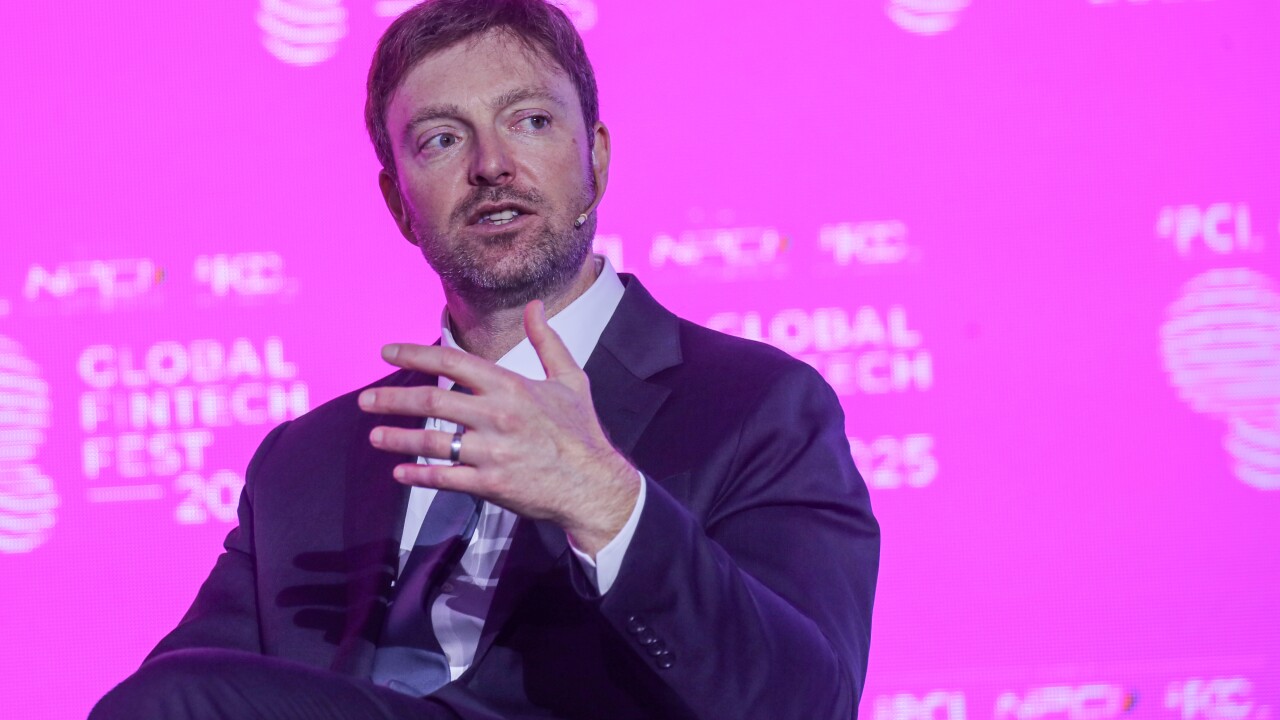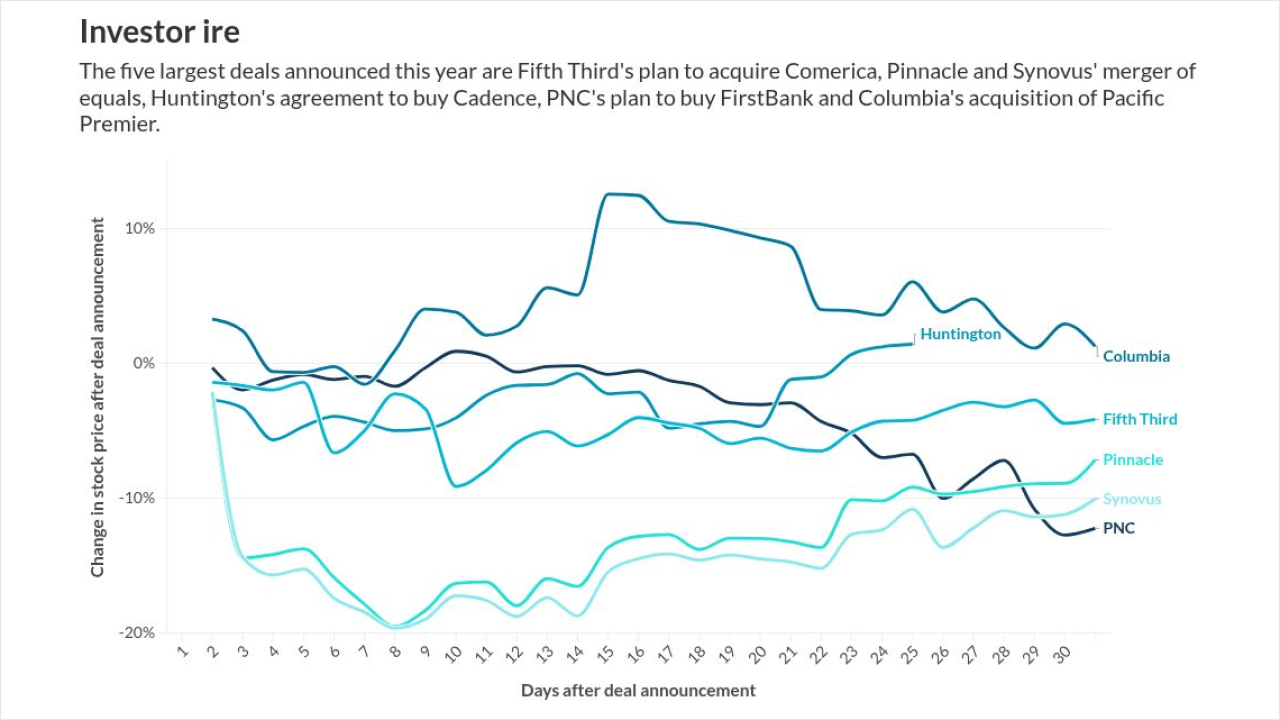
Between 2020 and 2024, Community Development Financial Institutions, or CDFIs, experienced a
That moment has passed.
The conditions that fueled the boom — emergency legislation, near-zero interest rates and a national reckoning with racial injustice — have faded.
CDFIs now face the
A new 2025 Federal Reserve survey underscores just how urgent this moment is for CDFIs. While demand for CDFI products remains strong, institutions are grappling with real-time constraints: Forty percent of loan funds cited lending capital as a severely limiting factor, and 28% pointed to operational funding challenges — especially the rising cost of capital. Gaps in staffing and technology remain acute, with 72% of organizations reporting inadequate personnel and 69% citing tech limitations as key barriers to meeting demand. These are not distant threats, they're today's realities.
We're entering an era that demands reinvention: leaner operations, ever-more-diligent risk management, new talent strategies and, perhaps hardest of all, consolidation.
Many CDFIs still operate with high-overhead, labor-intensive models. That won't fly in this new environment. Institutions must drive down the cost per dollar loaned and improve the efficiency of assets under management.
That begins with modernizing technology. Automated loan origination systems, integrated customer relationship management and data tools are no longer luxuries. Artificial intelligence, although still nascent and not without risks, offers promise if used thoughtfully.
But tech alone won't cut it. Process redesign such as standardized loan documentation, centralized back offices, and shared service models can reduce drag and allow institutions to scale impact without ballooning staff or cost.
For too long, many CDFIs viewed risk management as a back-office necessity rather than a core requirement driven by strategy. But rising interest rates, inflation and the expiration of pandemic-era supports will test portfolio quality in ways this sector hasn't seen in over a decade.
Institutions must embrace predictive tools — early warning systems, scenario analysis and stress testing — and bolster their workout capabilities. They should pace growth with capital strength and reevaluate loan loss reserves with sharper eyes.
The ability to attract and retain top talent may be the most decisive factor in whether a CDFI thrives or struggles. Competitive compensation remains a thorny issue, especially for nonprofit loan funds. But if we expect staff to manage complex transactions and execute institutional strategy at scale, we must pay accordingly.
The Office of Management and Budget issued reduction in force notices to Treasury staff working in the Community Development Financial Institution office Friday, saying that the layoffs are necessary to "implement the abolishment" of the fund.
Flexibility, culture and mission alignment matter. However, they're not enough. We need to normalize incentive compensation and recruit from broader pools, including the fintech and banking sectors.
We also need to upskill internally. Today's CDFI needs more than just mission-driven generalists. We need technologists, underwriters fluent in complex structures, data analysts and marketers who understand digital channels.
CDFIs have long relied on our missions to distinguish ourselves. But as banks and fintechs move into impact-oriented lending, that edge is blurring. To remain relevant, CDFIs must articulate and measure what makes us different: demonstrating distinct outcomes, a stronger borrower experience and capital that delivers more catalytic impact than conventional credit.
The answer must go beyond anecdotes. It must be embedded in impact measurement, customer feedback and real-world results with business-grade clarity.
Here's where it gets uncomfortable: The CDFI sector is too fragmented. Nearly 600 loan funds are duplicating infrastructure and competing for the same limited capital. That approach is simply inefficient.
Mergers remain rare, but they're no longer unthinkable. Landmark combinations like Opportunity Fund and Accion U.S., or Capital Impact Partners and CDC Small Business Finance, show what's possible. Beyond full mergers, shared service platforms such as joint loan servicing, pooled compliance teams and centralized tech can extend reach without sacrificing identity.
Collaboration doesn't mean dilution, it means maturity. And if CDFIs want to play a bigger role in capital markets and public policy, scale and operational credibility matter more than ever.
What we're witnessing isn't just a cyclical downturn. It's a structural shift. CDFIs can no longer rely on extraordinary subsidies and exceptional circumstances. To lead in this new era, we must shed old assumptions and build new muscles.
That means getting lean. That means managing risk like a financial institution, not a grant program. That means hiring for where we're going, not where we've been. And it means telling our story with metrics, not just mission statements.
The sector cannot do this alone. Philanthropy and banks that fueled the last boom must now help power the next chapter — by backing consolidation, innovation and disciplined growth. Their partnership will be critical to building the resilient, catalytic CDFIs this moment demands. And for CDFI managers and boards, the message is equally clear: It's time to rethink everything.






